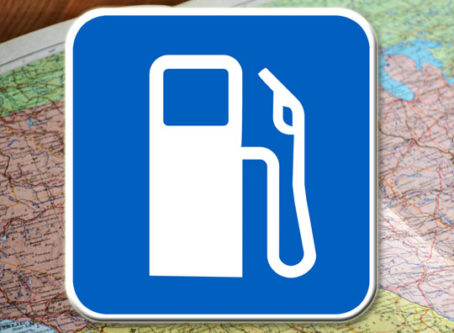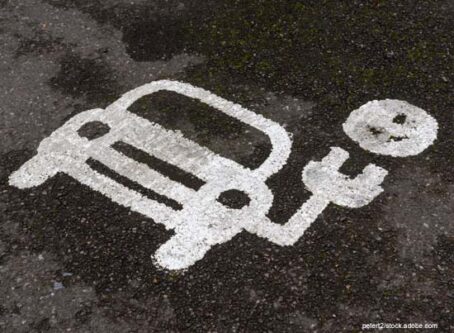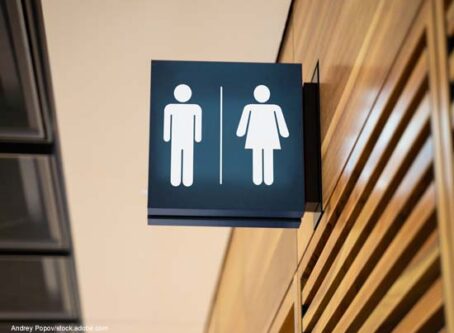Six states pursue, approve new speed limit rules
Speed limit rule changes are being discussed at statehouses from the Carolinas to the Dakotas.
The Owner-Operator Independent Drivers Association says roadways are safest when all vehicles are allowed to travel at the same rate of speed. The Association does not advocate for a specific speed limit.
Montana speed limit adjustment
A new Montana law gives the state’s Transportation Commission full authority to change top speeds throughout the state.
The state has an 80-mph speed limit for cars and a 70-mph limit for trucks on rural interstates. State law permits the commission to lower or to leave unchanged speed limits.
Gov. Greg Gianforte has signed into law a bill to add the authority to raise speed limits.
Dustin Rouse, Montana Department of Transportation highways and engineering administrator, testified at a recent hearing on SB452 that during a speed differential review, it was determined that split speeds can be problematic.
“One of the things we found is in locations that have high large commercial vehicle, semi use, that mix if you have that a speed differential can lead to an increase in crashes.”
He said the state DOT acted in 2019 to address safety concerns resulting from the speed differential on U.S. 212 between Crow and the Wyoming line. As a result of a safety review, the top speed for cars was lowered from 70 mph to 65 mph to match the truck speed limit.
Sen. Barry Usher, R-Laurel, added there are roads around the state that need to have speed limits modified.
“Our department of transportation, their goal is to be safe, but it’s also to keep commerce moving,” he said.
The new rule takes effect Oct. 1.
Alabama
In Alabama, a new law also covers speed limit rules.
Currently, state law permits municipalities to set speeds on county roads that run through the city limit.
Previously SB33, the new rule prohibits municipalities from setting speed limits on county-maintained roads within their limits.
The change requires a civil engineering speed study and traffic investigations prior to any change. Cities also must receive approval from the county engineer following an investigation.
Advocates said the rule change is necessary because a city may decide to increase the posted speed where it could exceed the design and safety of the road. They add that a speed limit could be lowered for no real justification.
North Dakota
Pursuit in North Dakota to authorize higher top speeds on the state’s fastest roadways was turned back twice.
State law authorizes speeds of 75 mph on Interstate 29 and Interstate 94. Speeds along four-lane divided highways are set at 70 mph. Two-lane highways are posted at 65 mph.
In March, Gov. Doug Burgum vetoed a bill to increase speed limits for all drivers on interstate highways.
The legislature approved the bill that would authorize vehicles to travel 80 mph on interstates.
Burgum cited safety concerns as reasons for his veto.
“Increasing the maximum speed limit on interstate highways increases both the risk of speed-related crashes and the potential severity of such crashes,” Burgum wrote in his veto message.
He also cited a study by the Insurance Institute of Highway Safety that found a 5-mph increase in the legal top speed is associated with an 8.5% increase in fatality rates on interstate highways and freeways.
“This increased risk runs counter to the goals of vision zero, North Dakota’s multiple-agency effort to eliminate fatalities and serious injuries caused by motor vehicle crashes.”
On the same day as the veto, state lawmakers approved a new seatbelt rule allowing for primary enforcement. Effective Aug. 1, all passengers also are required to be buckled.
Hopeful the legislative action to address road safety via the seatbelt rule, top-speed-increase advocates brought the issue back for another attempt.
House lawmakers amended SB2168 to include the speed limit increase. Also covered in the bill were speeding fines, traffic fines and penalties.
Senate lawmakers later refused to concur with House changes. A conference committee met to work out differences but the full Senate refused to sign-off on the speed limit provision.
As a result, the amended bill was rejected in the Senate on a 39-8 vote.
Elsewhere, pursuits to revise speed limit rules are ongoing.
New York
In New York, time is running out for two bills to boost the top speeds for cars and trucks.
The state permits all vehicles to travel 65 mph on interstate highways and other limited-access roads.
Pursuits in the Assembly and Senate would authorize 70 mph speeds for all vehicles. Specifically, the state DOT and the New York Thruway Authority would be allowed to implement the change.
Sen. Tom O’Mara, R-Big Flats, wrote in a bill memo the change would keep New York in line with maximum speeds in many other states.
“The majority of states across the country have state speed limits that exceed 65 mph,” O’Mara wrote. “New York has failed to keep up with the rest of the country by not adopting a more efficient speed limit.
“This bill would correct this inefficacy by allowing for a 70-mph speed limit where appropriate.”
Both bills, S2209 and A5044, remain in their respective transportation committees. The regular session is scheduled to end June 8.
North Carolina
A North Carolina House bill would boost the existing 70 mph top speed on the state’s fastest roadways.
H386 would authorize the state DOT to increase the speed limit to 75 mph on any interstate highway or controlled-access highway. The rule would apply to affected roadways inside or outside the corporate limits of a municipality where it is deemed “reasonable and safe” to make the change.
Supporters say many people are already driving above 70 mph. They add that some highways are designed to handle increased speeds.
The bill is in the House Transportation Committee.
Texas
A Texas bill headed to the governor’s desk would authorize the use of variable speed limits.
Variable speed limits use speed limit signs that change to slow drivers to avoid creating heavy traffic congestion. The Texas A&M Transportation Institute provides information on how the process works.
House and Senate lawmakers approved a bill that would allow the Texas Transportation Commission to establish variable speed limits. HB1885 would allow the temporary lowering of a speed limit to address inclement weather, congestion, road construction, or any other condition that affects “orderly movement of traffic.”
The bill clarifies that variable speeds must be based on an engineering and traffic investigation.
Variable speeds could not be set less than 10 mph below the posted speed limit.
Critics say the change could be used to intentionally slow traffic for an indefinite period of time. They add the authority could be used to set up speed traps.
A provision added to the bill clarifies that a speed limit could not be lowered “to divert traffic to a toll road for the purpose of increasing revenue from toll charges.” LL









